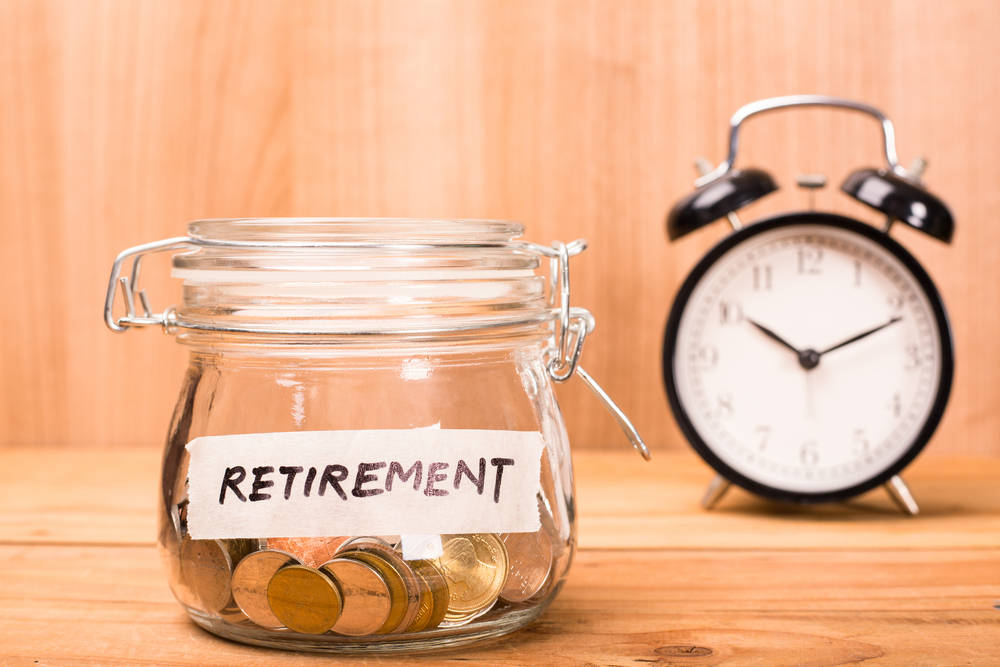News
Six months until pension contributions rise: what you need to know now

In April 2019, auto-enrolment contribution rates will rise for both employees and employers. Here’s what you need to know.
It’s only six months since the auto-enrolment contribution rates for both employers and employees rose to 5%. This is made up of 3% from the employee and 2% from the employer.
But from 6 April 2019, the contribution rates will rise further to 8% of earnings, which includes 5% from the employee and 3% from the employer.
To date, nearly 10 million more people are saving into a workplace pension since auto-enrolment was introduced in 2012 – the equivalent of 4,500 new savers every day.
Alistair McQueen, head of savings & retirement at Aviva, said: “However, for many, the amount being saved is too low, with millions of people sleepwalking towards less than minimum wage at retirement.
“This is why AE minimums must increase. It’s vital that with six months to go, this message gets out there to employers and employees. It will give people time to understand what is happening, why it is happening and hopefully to understand the benefits of saving more into a workplace pension.”
Auto-enrolment contribution rise – the impact
Employees may be concerned that their take home pay will decline as a result of the auto-enrolment contribution rise.
But Dale Critchley, pension policy manager at Aviva, said the increases have been timed deliberately to minimise the impact they have on take home pay.
He said: “April is the start of the tax year and typically when employees will receive any pay rise. April is also when any changes to the personal tax allowance will be implemented, although no increase has been announced yet for 2019. As an example, in April 2018 the personal allowance increased by £350 to £11,850. Both of these can help reduce the impact of rising AE contributions.”
Critchley added there are a number of online calculators available that model take home pay which can help people understand the changes. Further, employees also have the option to increase their own contributions now, rather than wait until April.
While employees do have the choice of opting out, given the previous rise in contribution rates in April 2018, there wasn’t a noticeable uptick in opt-outs.
“AE has got employees into a savings habit and I’m quietly confident that people are starting to understand the benefits of saving into a workplace pension,” Critchley said.
“People have to do what is right for their own personal situation. I would just say, make sure you understand what you are giving up before making any decision. The AE minimum contribution is rising to 8%, but that doesn’t all come from the employee. At least half of it will come from their employer and the government. If you opt out, you don’t get that money and if you try to make up the difference later it will cost you a lot more.”
Currently, based on the 5% contribution amount and qualifying earnings rate of £20,540, someone on an average salary of £26,572 sees the following amounts added to their pension, Aviva calculations reveal:
- Employee pays £41.10 (2.4%)
- Employer pays £34.23 (2%)
- Tax Relief = £10.27 (0.6%)
- Total = £85.60 (5% total contribution)
In April 2019, this will change to the following:
- Employee pays £68.47 (4%)
- Employer pays £51.35 (3%)
- Tax Relief = £17.12 (1%)
- Total = £136.93 (8% total contribution).